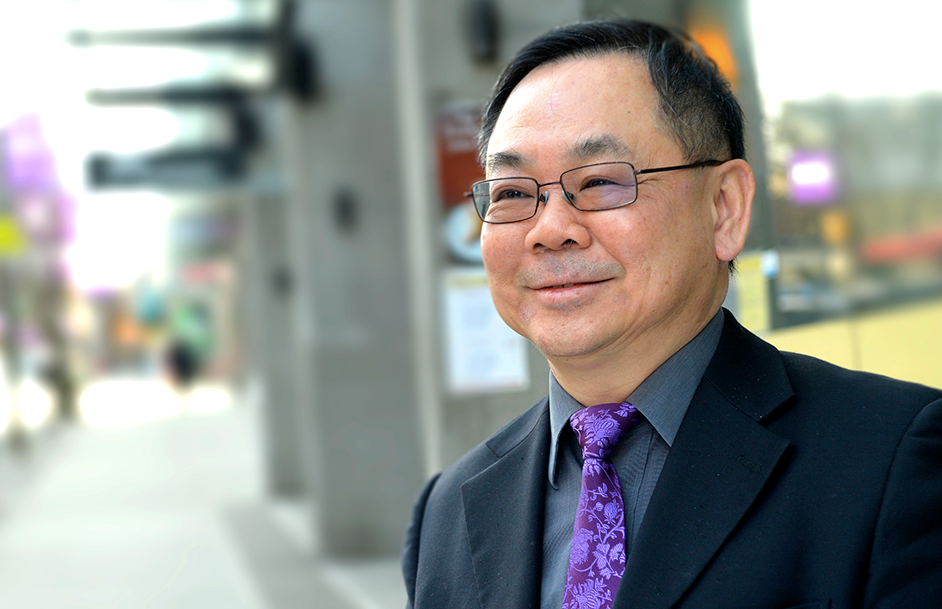Richmond city councillor Chak Au would like to see First Nations symbols around Richmond.
This, he thinks, would be a good starting point for Richmond residents – and especially those who have recently moved to Canada - to learn about Indigenous history and culture.
While the city is planning to retrofit the First Nations Bunkhouse in Steveston, Au doesn’t think that’s enough.
“(We should be) highlighting the history of Richmond, traced back to the First Nations people to (have) more symbols of their presence and their traditions in our city,” he said.
There are currently efforts underway to educate new immigrants following the tragic discoveries of unmarked graves at the sites of former residential schools for Indigenous children.
The Canadian Alliance of Chinese Associations (CACA), an organization founded by immigrants in 2018, has invited Indian residential school survivor Phyllis Webstad, the creator of Orange Shirt Day, to join a Zoom meeting on July 24 at 7 p.m. to share her story.
Renming Wei, president of CACA, said the webinar aims to help Chinese immigrants learn more about the history of residential schools and Indigenous culture, since they have very limited understanding and knowledge about Indigenous people.
“Understanding different cultures allows us to minimize stereotypes, be more accepting and better integrate into the Canadian society,” said Wei.
Au thinks this kind of education should be a priority, since the first image immigrants often have of Indigenous people is those who are struggling on the Downtown Eastside.
“I’ve been trying to… let the new immigrants understand the history and the pain and the suffering of the First Nations people,” Au said. “Basically, what we see is the result of discrimination.”
The fact the city’s website only has a few sentences about First Nations history in the area is also inadequate, in Au’s opinion.
In fact, much of Richmond was a place First Nations came to in the summer to forage and fish, and there were also a few permanent settlements.
The city’s cultural harmony plan – which was the subject of a report to a recent committee meeting with a list of things the city is doing – should focus on Richmond being an international city, and not just focusing on the Asian community, Au said.
There should also be recognition of Black Canadians, he added, for example, Harry Jerome, who once worked for the Richmond School District.
While Au praised the report to city council about all the things the city is doing to promote cultural harmony – like Doors Open, outreach to Chinese-speaking seniors, arts programming focused on multiculturalism and diversity – he said they are parallel events with no focus and are not well publicized.
“We have to be more focused in the sense that we should have a direction where we want to go,” Au said.




